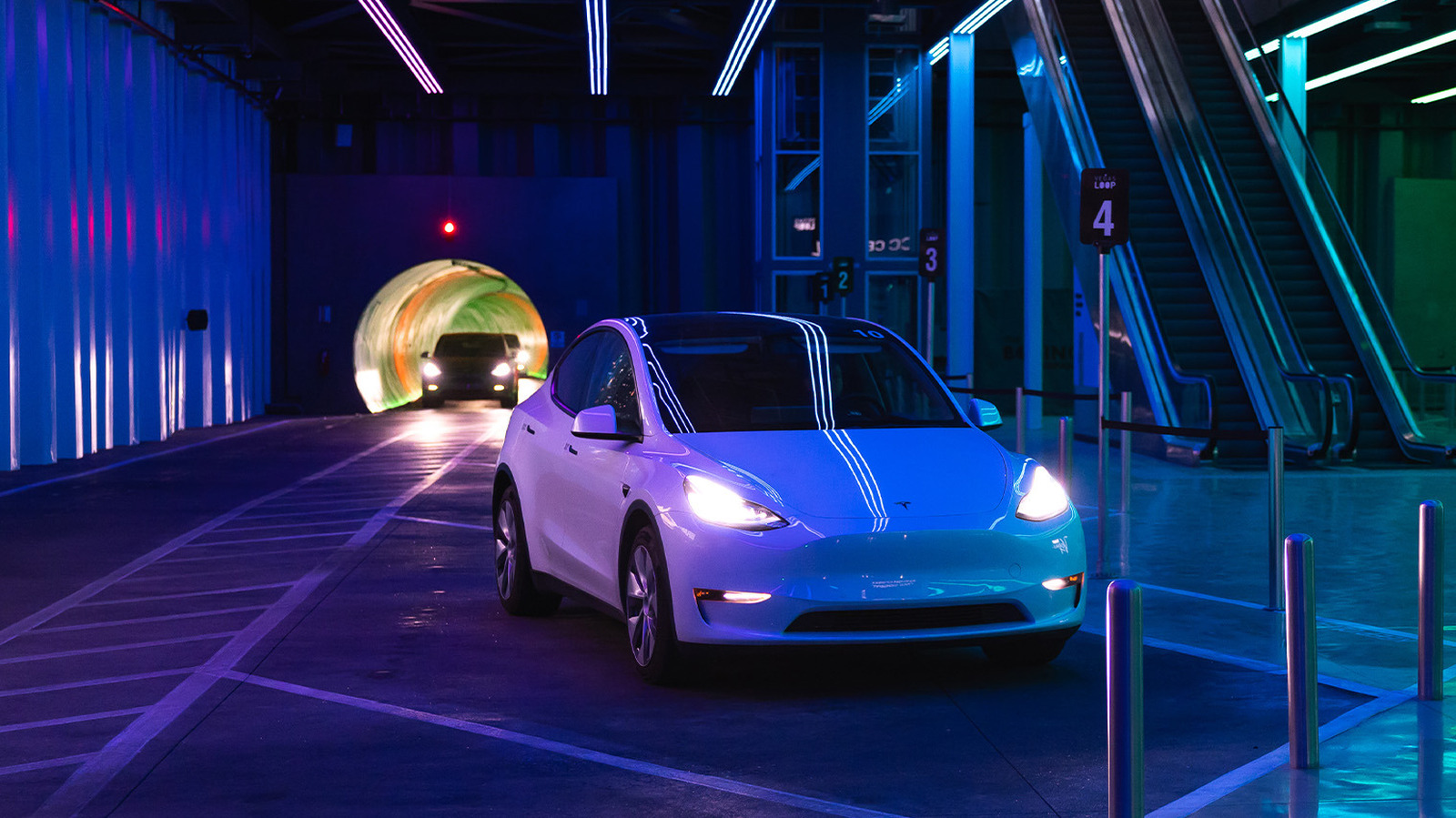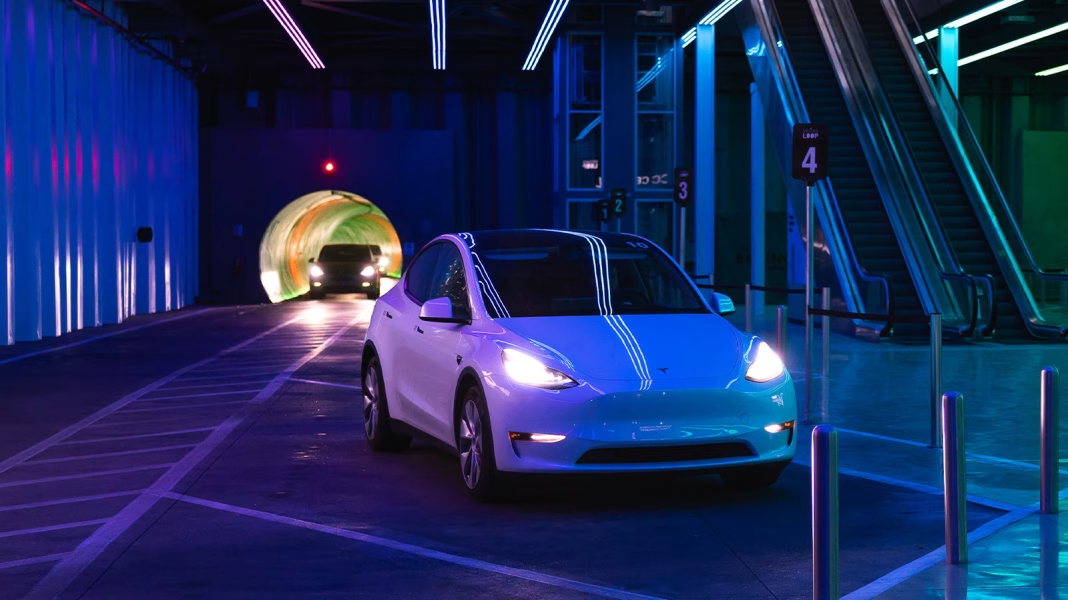What’s Behind the Appeal of Free Transit Tech Over Real Public Transportation?
Picture this: a city faces mounting traffic, growing populations, and the ever-present need for better ways to get around. The logical answer? Invest in robust public transportation—think light rail, buses, or subways. But then, along comes a flashy tech solution, maybe a tunnel with Teslas or a futuristic shuttle, offered up for free or at a fraction of the cost. Suddenly, city leaders are tempted to shelve those big infrastructure plans. Why does this keep happening?
How Do Gimmicks Like the Tesla Loop Capture City Leaders’ Attention?
Let’s be honest—free is a powerful word, especially when budgets are tight and voters are wary of tax hikes. When a company promises a high-tech transit system at little or no cost to the city, it’s easy for officials to get starry-eyed. The Tesla Loop in Nashville is a perfect example: a proposal to connect the airport with downtown using a tunnel system, all while traditional light rail plans are quietly pushed aside.
There’s also the allure of innovation. City officials want to be seen as forward-thinking, and a partnership with a big-name tech company can make headlines. It’s a shortcut to appearing modern without the years-long slog of building a comprehensive transit network. But here’s the catch—these solutions often serve far fewer people and don’t address the root problems of congestion or accessibility.
What Gets Lost When Cities Choose Flash Over Function?
The numbers tell a sobering story. According to the American Public Transportation Association, well-designed light rail systems can move up to 20,000 people per hour in each direction. Compare that to a tunnel shuttling Teslas, which might handle a few thousand at best—if everything runs smoothly. That’s a massive difference in capacity.
Then there’s the issue of equity. Public transportation is supposed to serve everyone, regardless of income or neighborhood. Gimmicky solutions often cater to tourists or wealthier commuters, leaving out the very people who rely on transit the most. And let’s not forget the environmental impact: electric cars in a tunnel are cleaner than gas vehicles, sure, but they don’t come close to the efficiency of a full train or bus packed with riders.
Why Do Cities Keep Falling for These Shortcuts?
It’s not just about money or headlines. Sometimes, the process of building real public transit gets bogged down by politics, red tape, and community pushback. A shiny new tech project can seem like a way to sidestep those headaches. Plus, companies offering these solutions are often skilled at marketing—promising quick wins and minimal disruption.
But experts warn that these shortcuts rarely deliver long-term value. A 2023 report from the Urban Institute found that cities investing in comprehensive transit networks see greater economic growth, improved air quality, and higher property values over time. Quick fixes might look good on paper, but they don’t build the kind of city most residents want to live in.
Is There a Middle Ground Between Innovation and Real Solutions?
Absolutely. Technology has a place in public transportation—real-time tracking, mobile ticketing, and electric buses are all game-changers. The key is to use innovation to enhance proven systems, not replace them with something less effective. Cities like Seattle and Toronto have successfully blended new tech with traditional transit, resulting in higher ridership and happier commuters.
It’s also crucial to involve the community in these decisions. When residents have a say in how their city grows, the solutions tend to be more practical and better received. Transparency about costs, benefits, and trade-offs helps build trust and ensures that the final product meets real needs.
What Should Cities Prioritize When Weighing Transit Options?
At the end of the day, the goal is to move as many people as possible, as efficiently and equitably as possible. That means looking beyond the hype and asking tough questions: Who benefits from this project? Will it actually reduce traffic or just shift it elsewhere? Is it sustainable in the long run?
Data-driven decision-making is essential. Cities should demand independent studies, pilot programs, and clear benchmarks for success. And while it’s tempting to chase the latest trend, the best solutions often come from tried-and-true methods, updated with smart technology.
The big takeaway? Building a better city isn’t about chasing the shiniest gadget or the cheapest offer. It’s about making thoughtful, sometimes tough, investments that pay off for everyone. Start by asking what your community truly needs, and you’ll be on the right track—one smart step at a time.


